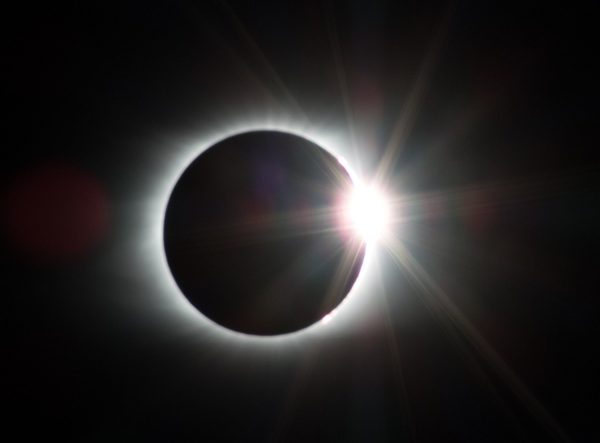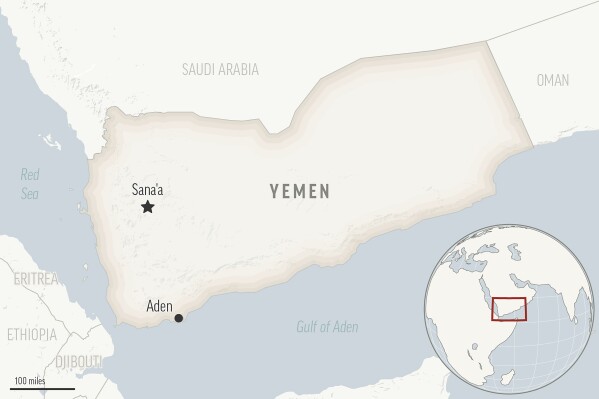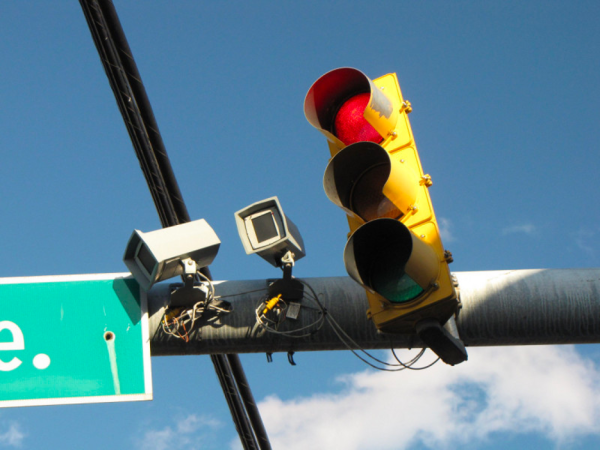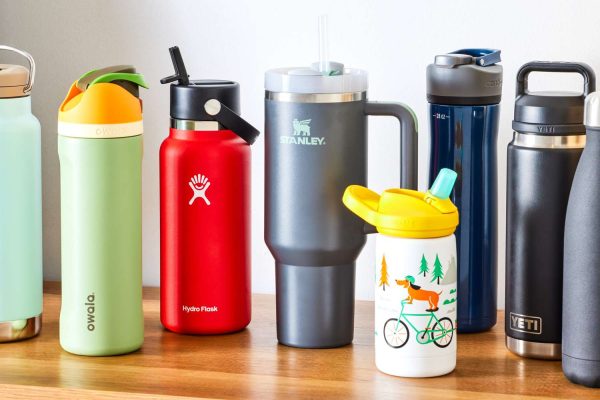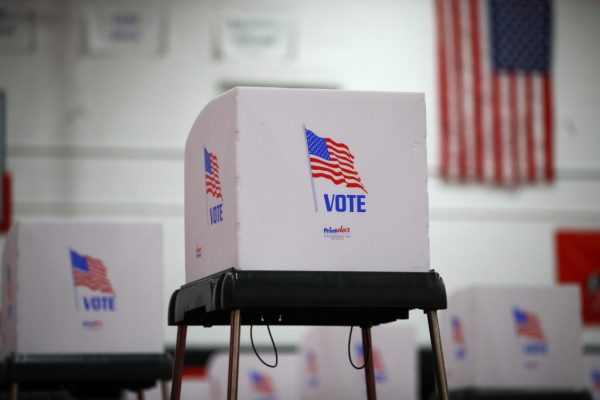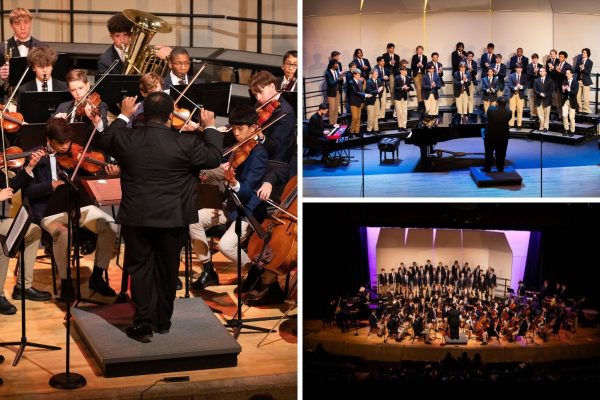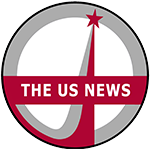Science Fair Season
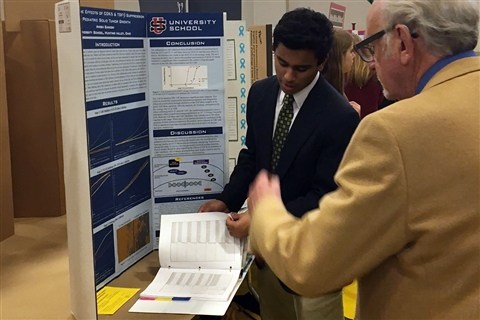
December 3, 2017
As fall comes to close, and winter soon descends, science fair is already in full swing. University School sends numerous students to compete at several science fairs across the state. While a majority of the projects that compete from US are related to a topic in the biological sciences, many students have pursued projects in chemistry, physics, and computer science.
Historically, US has done very well in these competitions. Many current students and alumnae have been recognized as Melvin Scholars, Regeneron Semifinalists, Siemens Talent Search Semifinalists, finalists to the National Junior Science and Humanities Symposium and I-SWEEP. In addition, University School recieved the Harold C. Shaw Memorial Outstanding Award at Ohio State Science Day, arguably the largest science fair in the state of Ohio. These are remarkable achievements considering the stiff competition from other schools. However, these achievements are also not a surprise after taking into account the tremendous effort that the students invest in working and presenting their projects. Behind all of the students competing is a strong support system of US faculty members and outside advisors, from institutions like Case Western Reserve University and Cleveland Clinic, who help students complete, revise, and present their research.
Hopefully, this year will be no different. US students are already gearing up to compete at NEOSEF(Northeast Ohio Science and Engineering Fair) in March, which is a qualifier for the prestigious Intel Science Fair. In order to be eligible to compete from US, applicants had to submit a research proposal in to a committee that would later select those it believed would represent US well at NEOSEF. Unfortunately, the committee can only choose 12 students. In addition, Mrs. Hammer has been working tirelessly with students at the middle school on their research projects that they too will present at NEOSEF.
US also competes in a chain of competitions sponsored by the Ohio Academy of Science(OAS) and their regional affiliates. In January, US students will compete at Local Science Day. The students that receive a “Superior” rating by the judges(there are 4 rating categories: “Superior, “Excellent”, “Good”, and “Fair”), will then be able to move on to District Science Day. Students that receive a “Superior” rating by the judges at Districts will then move on the compete at the State Science Day. Locals, Districts, and States also offer opportunites to earn “Special Awards,” which are awards, like cash prizes and scholarships, sponsored by local companies and organizations.
The OAS also hosts an Annual Meeting in April at a university in Ohio. In the past, it has been held at schools like Ohio University, Capital University, and the University of Cincinnati. This year it will be held at Bowling Green State University. At the annual meeting, students can network with researchers all across the state from high schools and colleges. High school students that attend the Annual Meeting are given the opportunity to apply to be Melvin Scholars. Those selected as Melvin Scholars will be able to attend a National Symposium bringing numerous high school students from across the country. This year it will be held in Austin, Texas.
Another Science Fair/Symposium that some US students will attend is the Ohio Junior Science and Humanities Symposium(OJSHS). The OJSHS brings students from high schools across the state to present their research orally through powerpoints and posters. The best powerpoint presenters are given the opportunity to attend the National Junior Science and Humanities Symposium, which is held in the same format at the Ohio chapter’s competition with students from around the world.
Competing in these many science fairs may seem like an arduous process, but these competitions offer numerous benefits. Senior Daniel Ryan, a well-accomplished veteran of many of the aforementioned competitions, has been researching pediatric bone cancers at University Hospitals for the past two years. He explains,“My favorite part about science fair is the ability to show what I have done and then enjoy the schools success at the end of the event.” Furthermore, competing in science fairs strongly prepares students for the professional workforce. Star Junior Anish Ganesh, who earned a bronze medal at the National I-SWEEP conference last year for his tumor research, states, “Science fair puts you in a real world situation, like a hospital except not actually a hospital, where no matter how much knowledge you have acquired, it is only as good as your ability to explain it and share your thoughts, ideas, and findings with others.”
With the many amazing projects representing US this year, the 2017-2018 Science Fair season will surely be memorable!
